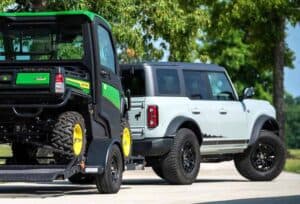This post is continuously republished and updated with the latest, most relevant information.
With up to eight trims offered across the Bronco lineup, Ford covers everyone from daily commuters to hardcore off-roaders. Grades include Base, Big Bend, Black Diamond, Outer Banks, Badlands, Wildtrak, Everglades, and Raptor. Every trim lands one of three turbocharged engines, each with its own advantages depending on how often you play in the dirt, tow, or hit the highway.
Bronco Configurations at a Glance
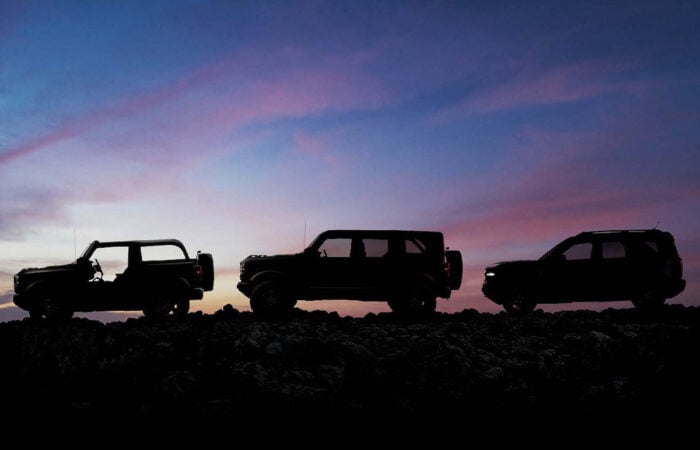
You can get nearly any trim in two-door or four-door, except the Everglades and Raptor, which are four-door only.
- 2-door models: 4 seats, standard hardtop
- 4-door models: 5 seats, standard soft top, optional hardtop
Off-road readiness ramps up as you move up the trim ladder, but even the Base is legitimately trail-capable. If you’re still undecided between the full Bronco and the smaller, Escape-based Bronco Sport, here’s our complete comparison: Bronco vs Bronco Sport – Brothers From Different Mothers?
The 3 Bronco Engine Options to Choose From
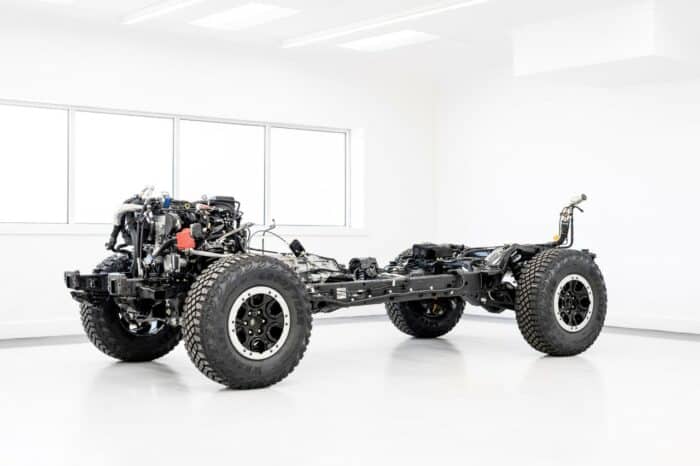
| Engine | Horsepower | Torque | Transmission | Availability |
|---|---|---|---|---|
| 2.3L EcoBoost I-4 | 275 hp (regular) 300 hp (premium) | 315 lb-ft (regular) 325 lb-ft (premium) | 7-speed manual or 10-speed automatic | Base, Big Bend, Black Diamond, Outer Banks, Badlands, Everglades |
| 2.7L EcoBoost V6 | 315 hp (regular) 330 hp (premium) | 410 lb-ft (regular) 415 lb-ft (premium) | 10-speed automatic | Optional on mid/upper trims; Standard on Wildtrak |
| 3.0L EcoBoost V6 | 418 hp | 440 lb-ft | 10-speed automatic | Bronco Raptor only |
1. 2.3L EcoBoost Inline-4
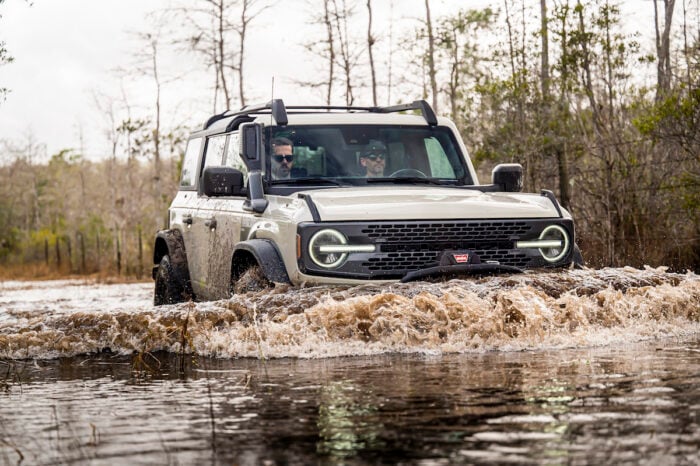
This is the most versatile Bronco engine: capable, efficient (for a Bronco), and the only one available with the 7-speed manual. It’s standard on most trims and optional on Badlands and Everglades.
Horsepower: 275 hp (regular) / 300 hp (premium)
Torque: 315 lb-ft (regular) / 325 lb-ft (premium)
Transmissions: 7-speed manual (exclusive to this engine); or 10-speed automatic
Drivetrain: 4WD standard
2. 2.7L EcoBoost Twin-Turbo V6

This is the sweet spot. More grunt, smoother power delivery, and pairs perfectly with trims like Wildtrak and Outer Banks. It’s also standard on Wildtrak and available on many mid- and upper-tier Broncos.
Horsepower: 315 hp (regular) / 330 hp (premium)
Torque: 410 lb-ft (regular) / 415 lb-ft (premium)
Transmission: 10-speed automatic
Drivetrain: 4WD
3. 3.0L EcoBoost Twin-Turbo V6 (Bronco Raptor Only)
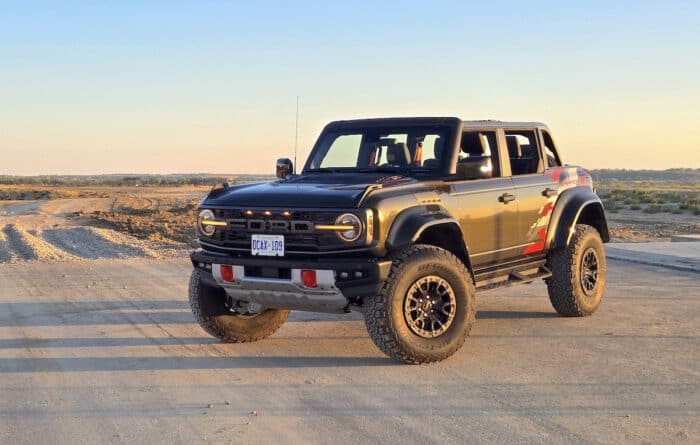
The Raptor-exclusive engine transforms the Bronco into a desert-ready missile. It’s the most powerful Bronco ever built (unless you count the Baja-only DR).
Horsepower: 418 hp
Torque: 440 lb-ft
Transmission: 10-speed automatic
Drivetrain: 4WD, upgraded axles, and Raptor-specific cooling
Is a V8 Bronco in the Works?
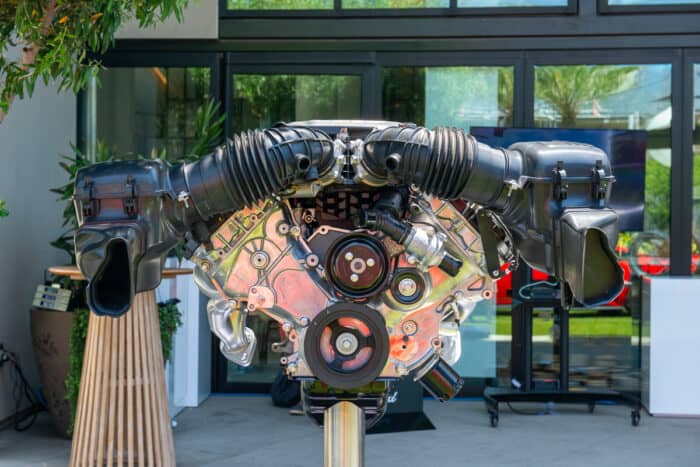
As of 2025, Ford still hasn’t built a street-legal V8 Bronco, and they’ve remained firm on that decision despite the Bronco’s off-road image and strong enthusiast demand. The only factory-built V8 Bronco currently in existence is the Bronco DR (Desert Racer), a turn-key, race-only truck developed for Baja competition.
The DR is far from a showroom Bronco. It’s built on a specialized racing chassis, running long-travel suspension, Multimatic Positional Selective DSSV dampers, a full FIA-grade safety cage, and composite bodywork optimized for desert speed. Under the hood sits Ford’s 5.0L Coyote V8. It’s the same next-generation V8 found in the latest 2024 Mustang GT and Mustang Dark Horse (tuned to around 400 horsepower for durability in extreme racing conditions).
Even the Bronco Raptor sticks with the 3.0L V6 for now. With the F-150 Raptor R now running a V8, a future Bronco Raptor R isn’t impossible, but Ford hasn’t hinted at one yet. For those who can’t wait, aftermarket builders have filled the gap: Hennessey’s $225,000 VelociRaptor V8 Bronco conversion, or CFB Vail’s blacked-out 1968 Bronco restomod pushing 435 horsepower.




